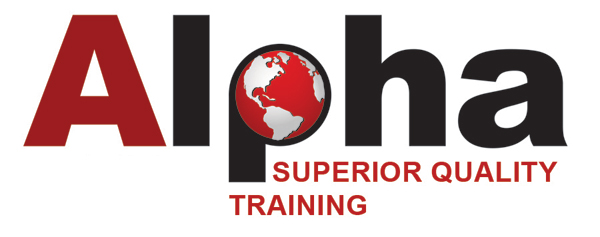Key Changes in the Latest ISO/IEC 17025 Standard
March 28, 2025 By John Lee
Introduction to ISO/IEC 17025:2017
The latest version of ISO/IEC 17025 introduces significant changes to help laboratories adapt to modern business practices while maintaining technical excellence. This article explores the key updates and their impact on calibration laboratories.
Major Changes in the 2017 Version
The revision brings several important changes:
- Process-based approach aligned with newer ISO standards
- Risk-based thinking emphasis
- Reduced prescriptive requirements
- Focus on information technology
- Updated terminology
Risk-Based Thinking
The standard now requires laboratories to:
- Identify and address risks and opportunities
- Plan actions to address these risks
- Evaluate the effectiveness of actions taken
- Document risk management processes
Impact on Calibration Laboratories
These changes affect calibration laboratories in several ways:
- More flexibility in quality management system documentation
- Greater emphasis on competence demonstration
- Enhanced focus on impartiality
- Updated requirements for measurement traceability
Implementation Guidelines
To successfully implement the new standard, laboratories should:
- Review and update quality management system documentation
- Train staff on new requirements
- Implement risk assessment procedures
- Update technical procedures as needed
- Maintain clear communication with accreditation bodies
